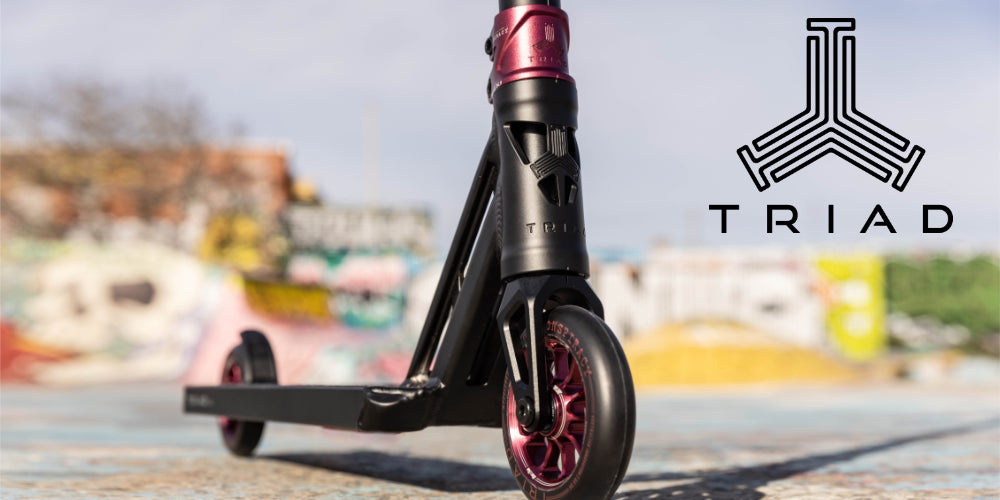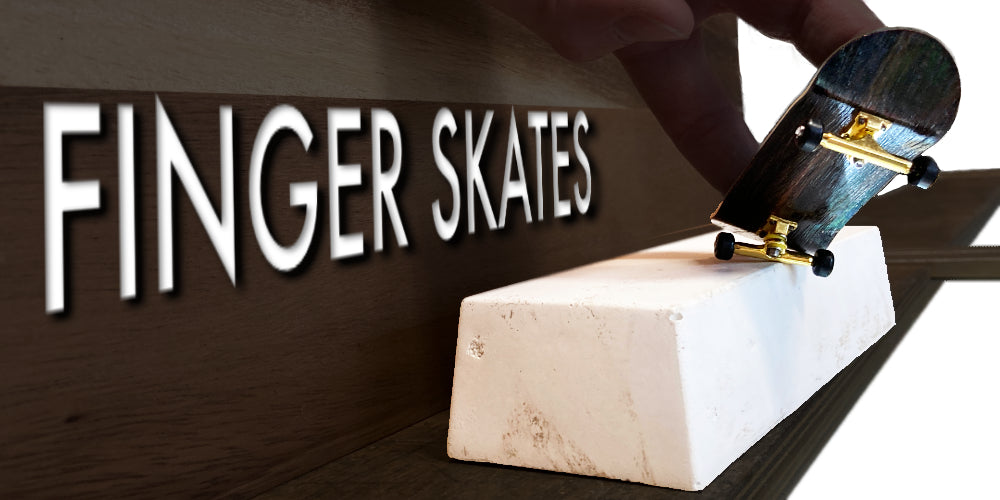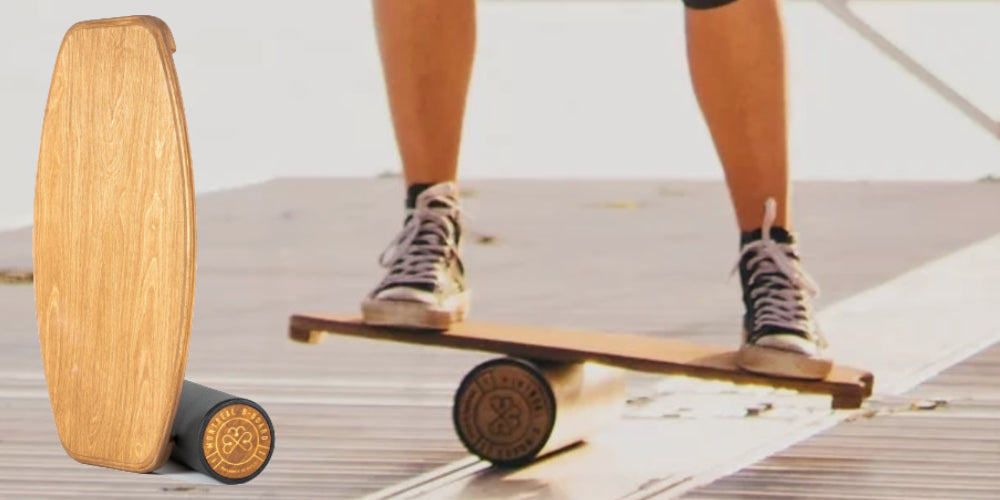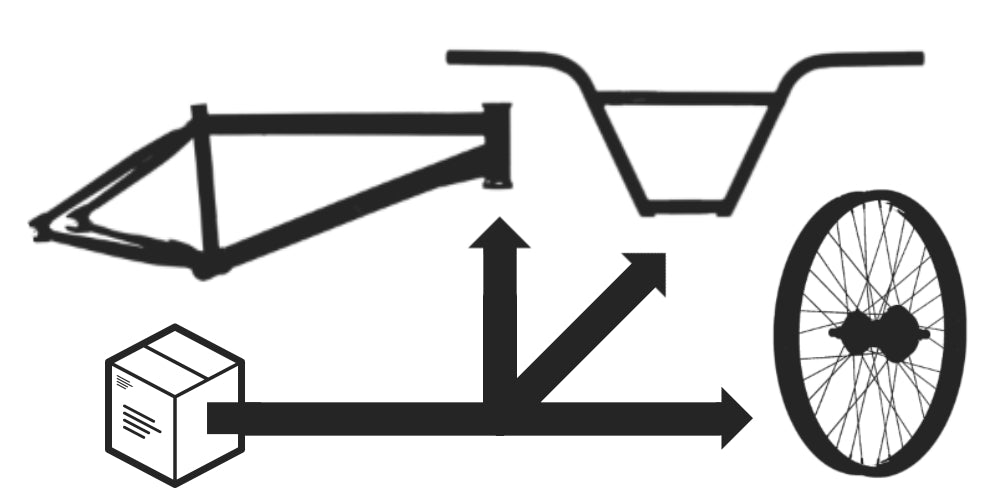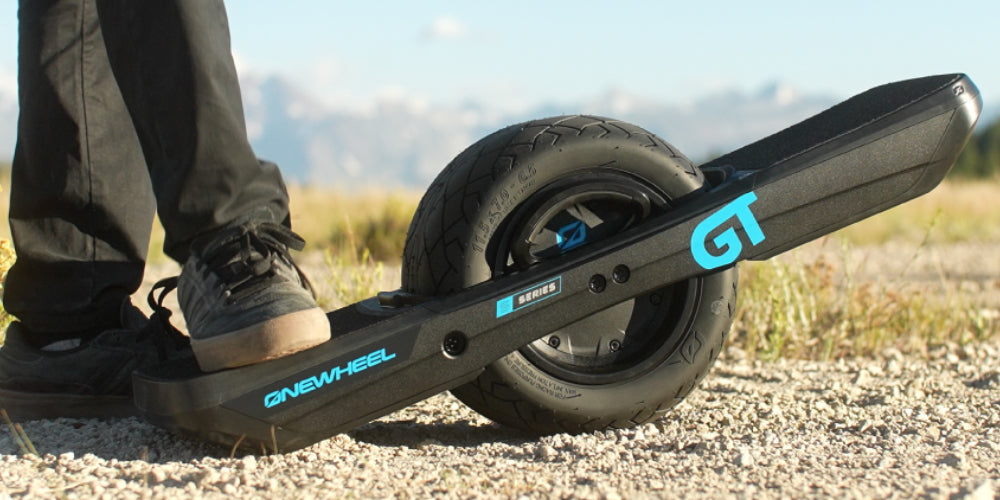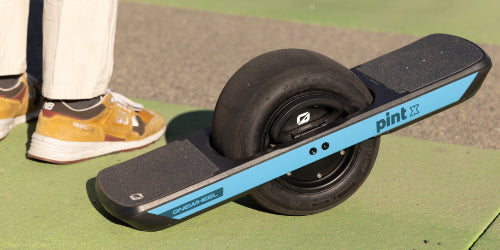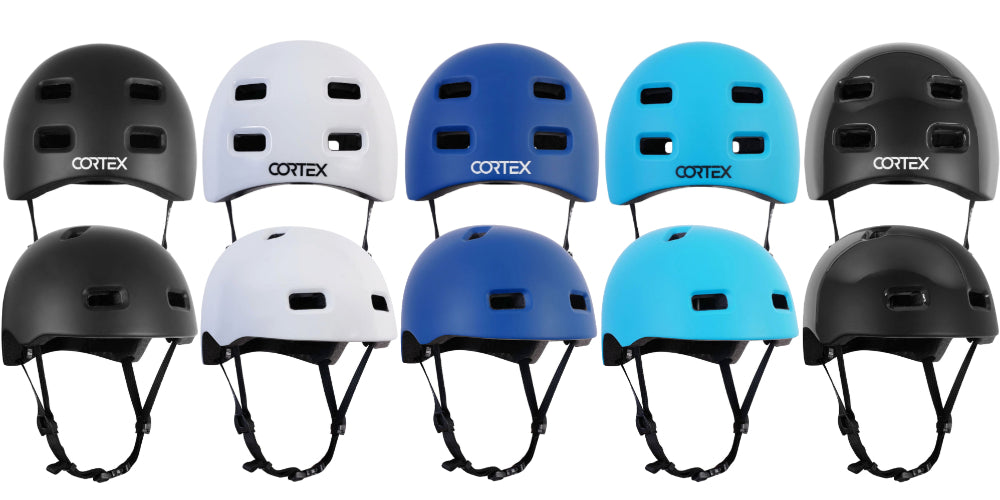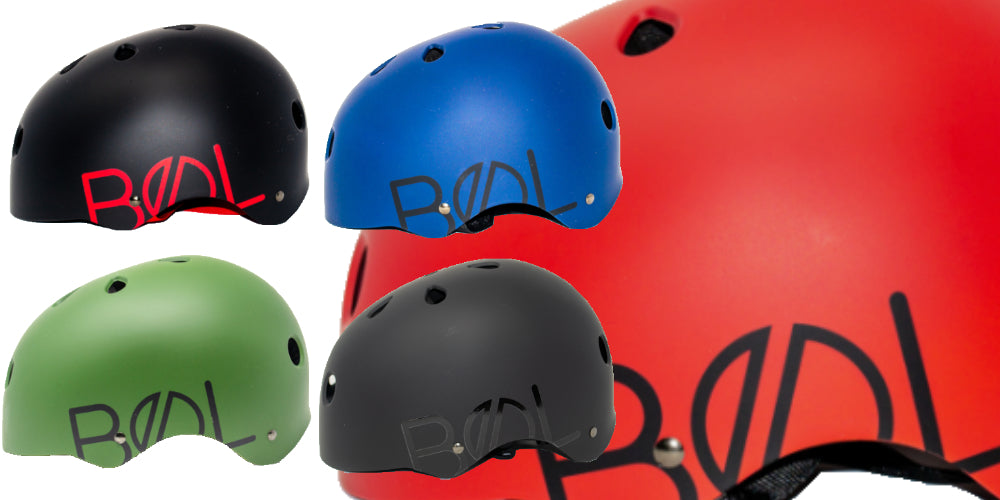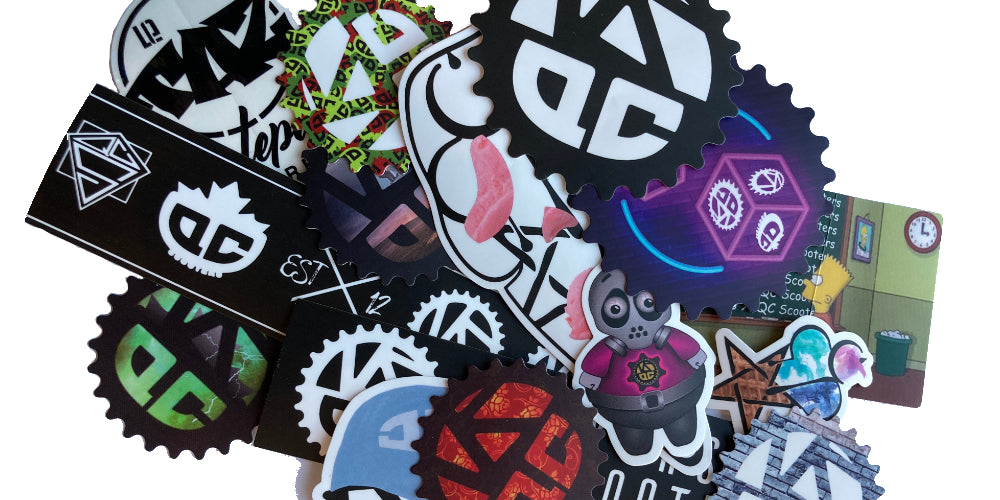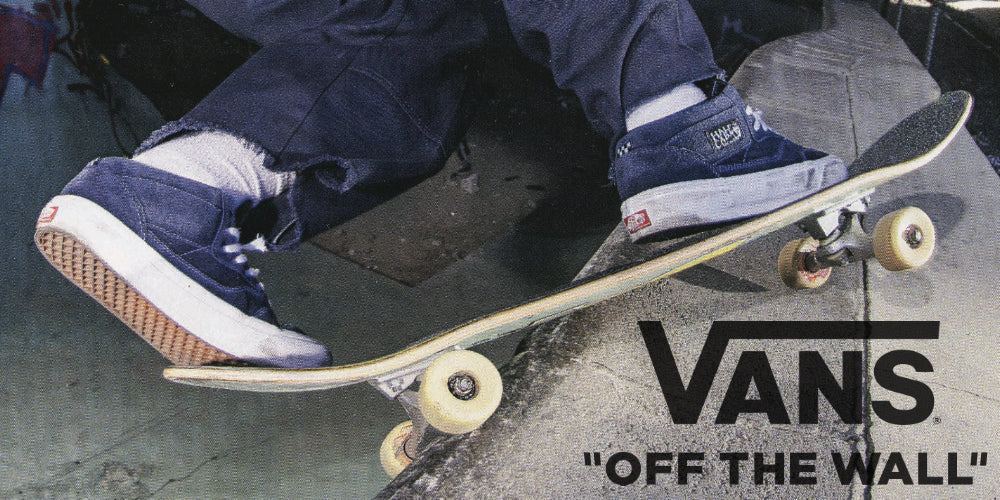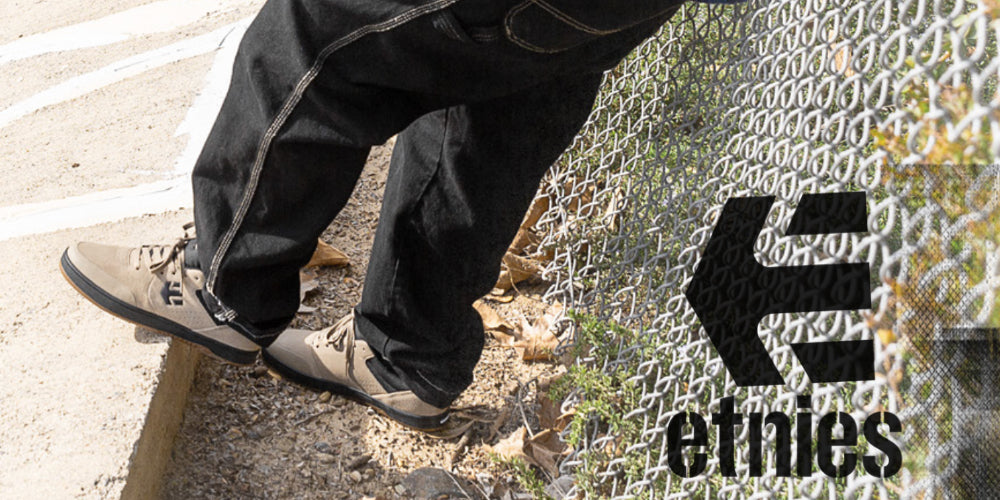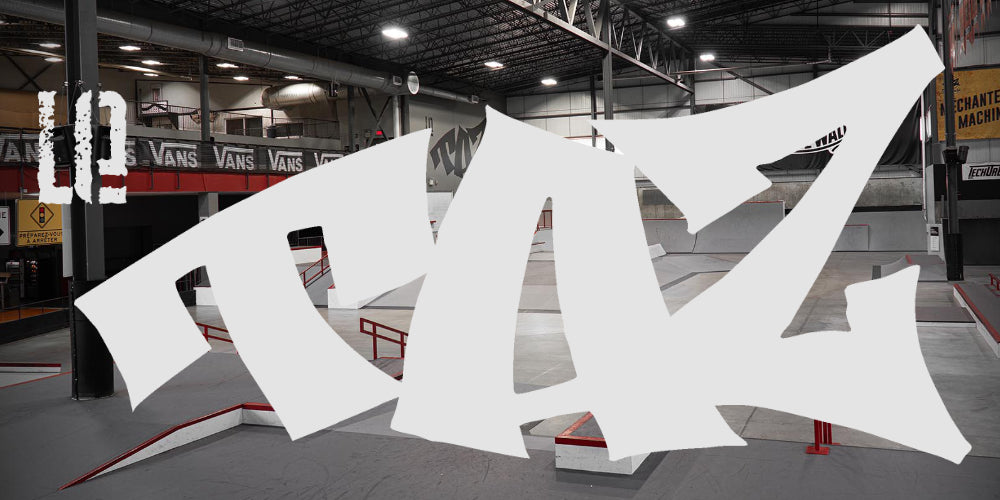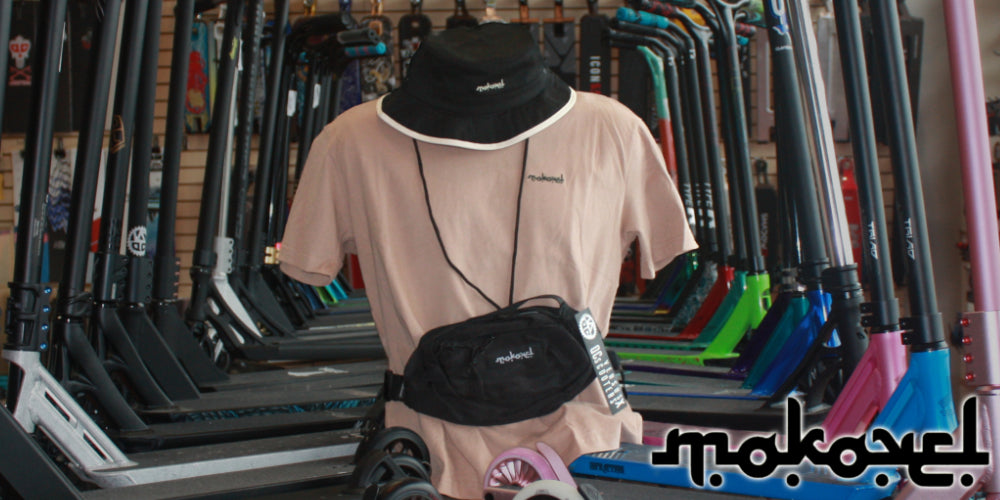Buyers Guide For Scooter Wheels
Inside? – Outside?
Not a lot of companies will do different types of urethanes to fit the riding styles and even the wheels that have different PU hardness, you can still ride them however and wherever you want. They might use faster or slide more that’s all.
Technically:
A lower PU means that it is a softer compound. It will stick more to the ground and offer more speed but wear down faster.
A higher PU means that it is a harder compound. They grip a bit less and have a tendancy to be slower. That said, they will last longer.
Most of the wheels are going to be around 88a PU which is the perfect in between for most riders.
Wheels Sizes
In addition to the width and diameter of the wheel, you need to differentiate the core width (where the bearings sit) that might differ from the width of the urethane of the wheel. Also, there’s 12STD, later explained.
Width
24mm
Standard width of scooter wheels. Usually, if a wheel does not specify a certain width, it will be 24mm.
28mm
Rarest of the width sizes. Usually, the wheels with that size will have a core of 24mm to fit normal forks. Still, there exist models with 28mm width.
30mm
More and more popular, all the good companies now have that width option. Always be careful to check if your wheels have a 24mm or 30mm core width. Having larger 30mm wheels will improve the handling of the scooter and absorb more vibrations.
Diameter
100mm
Old standard that now appears on basic entry level scooters.
110mm
Still the standard in the scooter industry. All the after-market forks will fit them. Technically speaking, those are going to be easier to maneuver then bigger wheels and are going to be lighter. That’s why it’s still the most used size in park scooters.
120mm
The 120mm now comes stock on pretty much all the mid to high end scooters and for that reason, you see them more and more often. They roll faster because of the added 10mm and with the arrival of bigger decks, it helps a lot for the curving by giving that 5mm more height from the ground.
12 Standard (12STD)
That one is a bit tricky. There’s a different standard of wheels / axles / bearings set-up that exist in the scooter world. It will use bigger Wheels (125x30mm). To maintain a good strength for that size, it uses 12mm axles and bearings instead of the classic 8mm one. If you’re looking for a 12STD set-up, be careful to always choose compatible parts.
More explained here «---
Installation tips
A wheel should always be tightened as strongly as possible. It has 2 parallel bearings with a spacer in the middle, that’s why it can take the load. It is always better to have a well tightened wheel that turns a bit less than a loose wheel that turns more.
With your weight on the scooter, it should ride beautifully. Do not judge while spinning the wheel in the air, you might always be disappointed..

